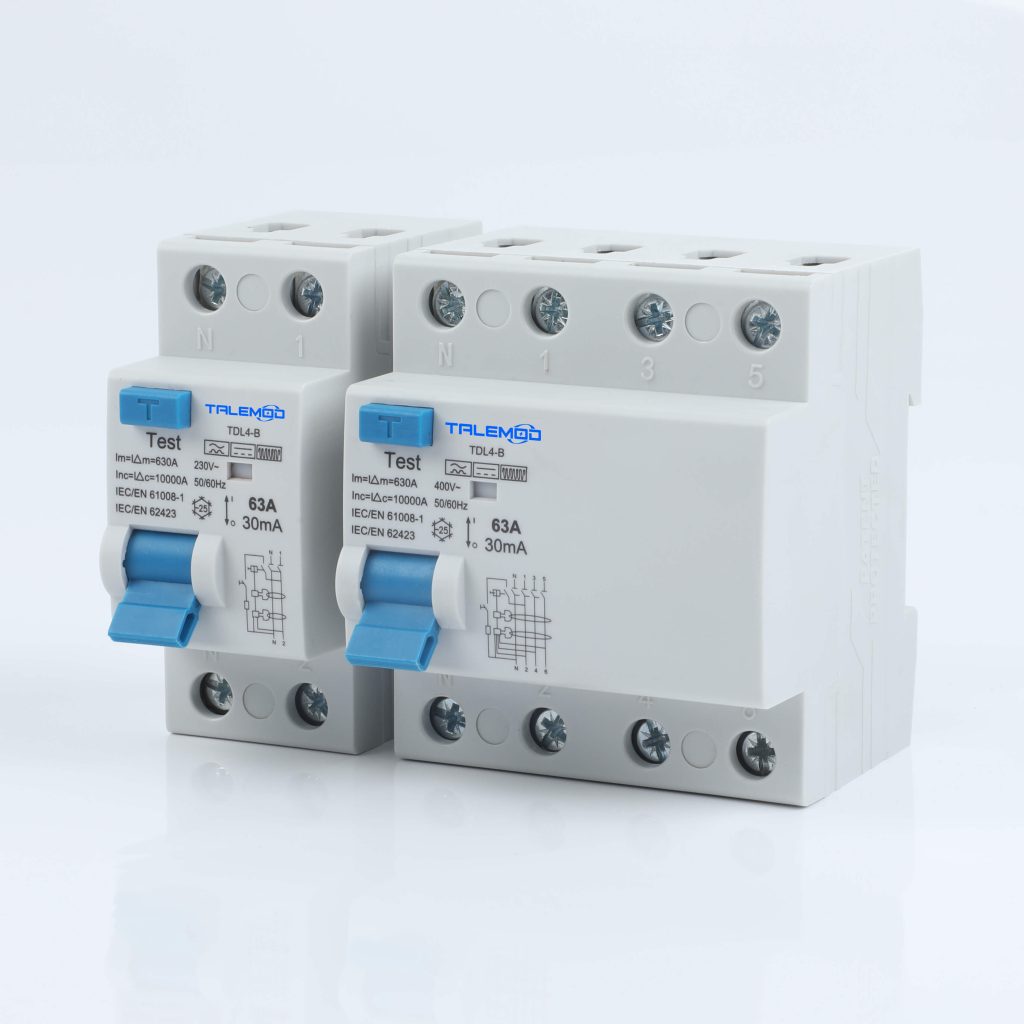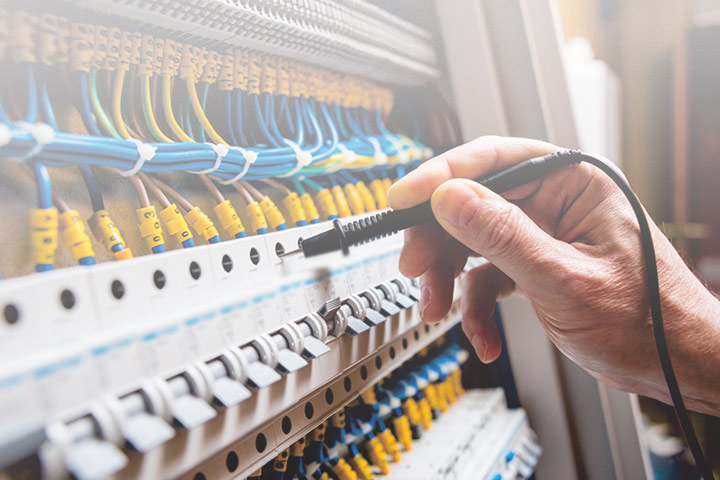What is Type B RCCB equipment?
Type B RCCBs are the standard type, sensitive to all residual currents up to 1 kHz. Type B+ devices are sensitive to all residual currents and are also equipped with special tripping curves which limit the tripping current to a maximum.
Type B RCCB devices can detect smooth DC residual current as well as AC current. They are designed to protect against both types of electrical current and can be installed on branch circuits. They are also capable of handling voltage fluctuations up to 450V. So if you are installing RCCBs in electrical installations, make sure they are of a high quality type.

Application of Type B RCCB
They are ideal for use with EV chargers as the manufacturer has given a disclaimer that DC leakage may occur while charging. Although there is a detection device in the charger to provide protection, a type B residual current device will better ensure continuity of service and better safety. This type of residual current device is also capable of detecting earth leakage currents.
You can also use a three-phase photovoltaic system to prevent electric shock due to AC/DC converters.
Three-phase drives may cause ground leakage currents at different frequencies. This has led to applications such as cranes powered by mobile equipment or elevators. Therefore, you need a BRCD for protection and choose the current trip rating according to the specific application.
How does a type B RCCB device provide safe and effective protection?
The basic safety function of the charging point is the RCCB. Type B RCCBs are protected against voltage and current fluctuations and have many safety devices for your convenience. It does not provide the same protection as an IET certified device. A Type B RCCB will not automatically trip when the electrical load changes, but it will protect you if the circuit breaker trips for any reason.
Type B RCCBs have two detection systems, one for the negative pole and one for the positive pole. It simulates a searchable core using high frequency wave voltage. It can also be equipped with a time delay device to prevent it from tripping other residual current devices. In addition to the two detection systems, Type B RCCBs can also be equipped with fluxgate technology to detect high frequency currents without tripping other equipment.
When comparing the two types of RCCBs, it is important to consider their application. Type B RCCBs are best suited for nonlinear circuits with high DC currents and high frequency components. Examples of these devices include single-phase or multi-phase rectifiers, power factor correction equipment, and continuous voltage generators that are not separate from the AC network.
Type B RCDs are less likely to trip and are more reliable, so they are more expensive. A Type B RCD will remove power without tripping if a 10mA DC earth leakage current is present. If a Type B RCD is triggered, it will cut power to the rest of the circuit. This means customers’ cars will continue to charge unimpeded.
When used in combination, Type B RCDs can provide many benefits. For example, they can help prevent electric shock in three-phase photovoltaic systems. They also provide better continuity of service. They are also used to protect AC/DC converters from electric shock. These advantages are only some of the advantages of type B RCD. The equipment you choose should comply with the IEC 62020 standard.




